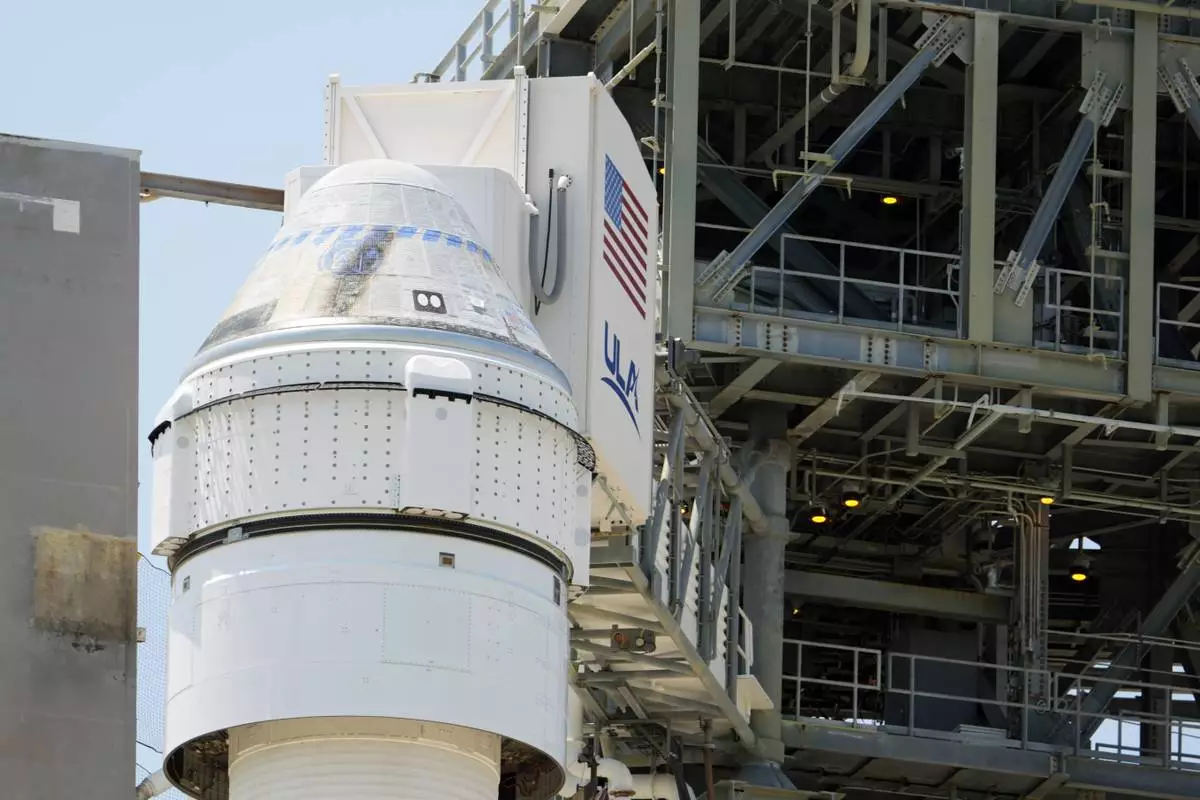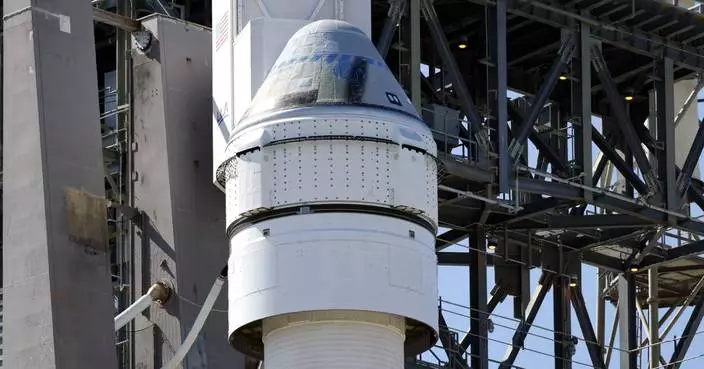US National Aeronautics and Space Administration (NASA)'s senior Mars rover Opportunity has survived the worst part of its eighth Martian winter with its solar panels in encouragingly clean condition for entering a potential dust-storm season in 2018.
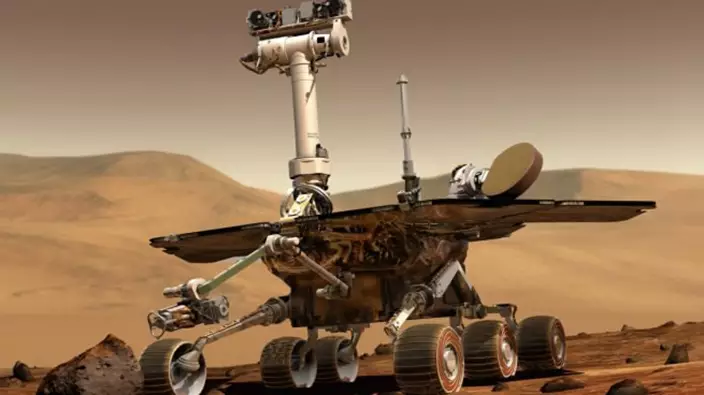
The long Martian year lasts 687 Earth days. The winter weeks with the shortest days are in October and November.
NASA's twin rovers Spirit and Opportunity landed on Mars in January 2004. Their mission – searching for signs of past water activity on the Red Planet – was scheduled to last 90 Martian days, roughly about three Earth months.
"Now, Opportunity has made it through the worst part of its eighth Martian winter," Jennifer Herman, power subsystem operations team lead for Opportunity at NASA's jet propulsion laboratory in Pasadena, California, said in a news release.
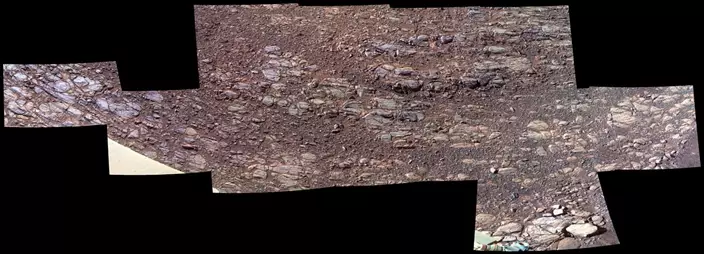
A small section of Perseverance Valley captured by Opportunity in October 2017 /NASA Photo
Both Opportunity and Spirit are in Mars' southern hemisphere, where the Sun appears in the northern sky during fall and winter. Spirit lost the use of two of its wheels in 2009.
Opportunity is currently exploring "Perseverance Valley", a valley-like area possibly carved out by fluids on the inner slope of a vast crater named Endeavor Crater.
Since reaching the upper end of the valley five months ago, the rover has used "lily pads" – energy-favorable locations on the planet – to stock up on solar energy.
"Relying on solar energy for Opportunity keeps us constantly aware of the season on Mars and the terrain that the rover is on," Herman said.
The situation has not always been sunny.
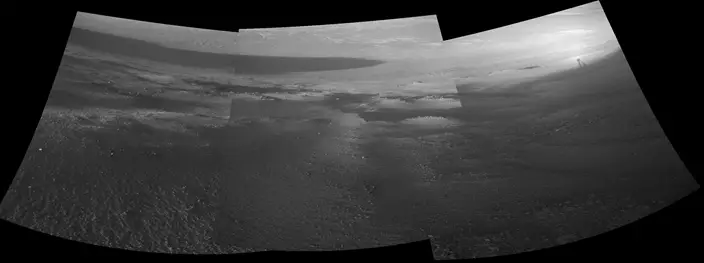
NASA's Mars rover Opportunity captured this view of late-afternoon shadows, including one cast by the rover itself, stretching toward the floor of Endeavour Crater. /NASA Photo
In its fifth winter in 2011-2012, Opportunity was forced to spend 19 weeks at a single spot because no other suitable sunny spots were within acceptable driving distance. It was in sharp contrast to its first busy winter in the southern half of a stadium-sized crater, where all of the ground faced north and got plenty of sunshine.
Yet another factor that can interfere with the rover's ability to charge is the amount of dust accumulating on its solar array and in the sky.
Winds can clean some of the dust. But they can also stir up dust storms that block sunlight and then drop dust onto the rover.
"We were worried that the dust accumulation this winter would be similar to some of the worst winters we've had and that we might come out of the winter with a very dusty array, but we've had some recent dust cleaning that was nice to see," Herman said.
"Now I'm more optimistic. If Opportunity's solar arrays keep getting cleaned as they have recently, she'll be in a good position to survive a major dust storm. It's been more than 10 Earth years since the last one and we need to be vigilant."
The storm in 2007 sharply reduced available sunlight for the twins, forcing scientists to limit the rovers' scientific activities.
In the coming months, the team plans to continue exploring Perseverance, searching for clues about how the valley was carved inside the crater rim.






